Apple : DEXTER JACKSON Dwarf (B10)
$53.95
At Whiffletree we strive to provide the best in super-hardy fruit selections. We've added this robust variety named after Dexter Jackson of Regina SK, who developed it by crossing 'Collett' and 'Mantet'. Not only is it ultra hardy – it is also highly resistant to scab and fire blight. Attractive mid to large size fruit features red streaking over an amber background. 'Dexter' is sweet, fine textured and thin-skinned for pleasurable fresh eating. Very good for cooking and baking. Will store for several months.
NEEDS A POLLENIZER | ZONE 2/3 | HARVEST: MID AUG.
.
Only logged in customers who have purchased this product may leave a review.
Growing Tips
Besides selecting the most disease resistant varieties, there are
a few simple things to do to have better apples.
- Fertilize under the outer edges of your trees. There are no feeder roots next to the trunk. A well fed tree stays healthier. (Adequate calcium in the soil also helps so that apples keep longer.)
- Pick up fallen fruit and compost, dispose of, or feed to livestock (where possible).
- Rake up leaves in the fall and compost them away from the orchard.
- Prune trees to encourage light and air to reach the inside of the tree.
- Provide bird nesting sites near your orchard. A variety of orchard companion type plants will attract native pollinator insects and also encourage birds to come and eat insect pests.
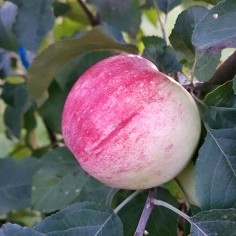
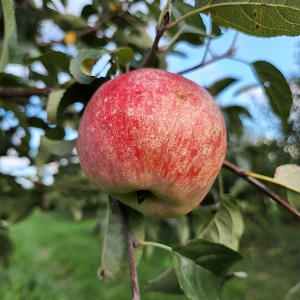
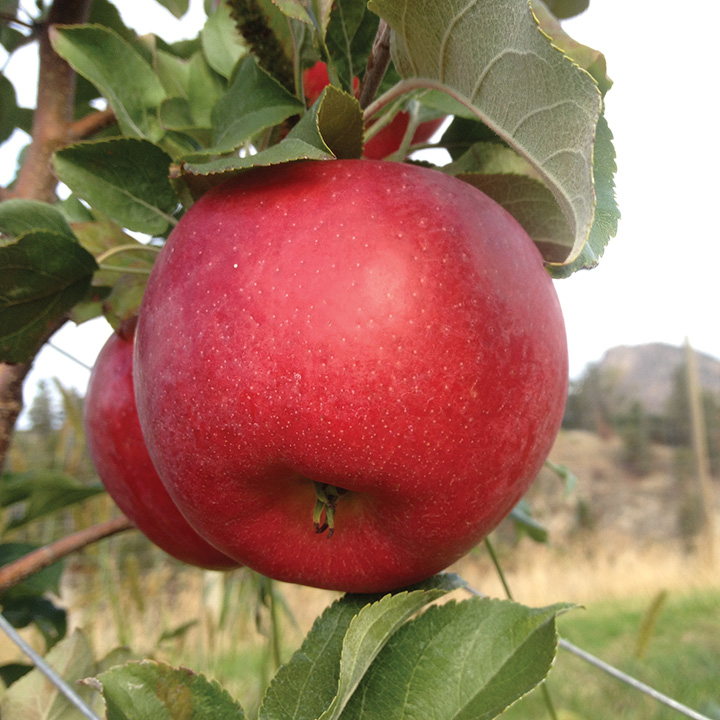
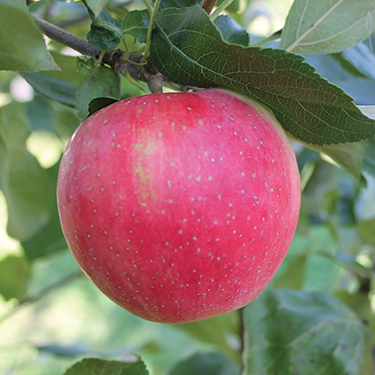

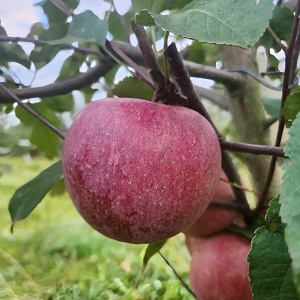
Reviews
There are no reviews yet.